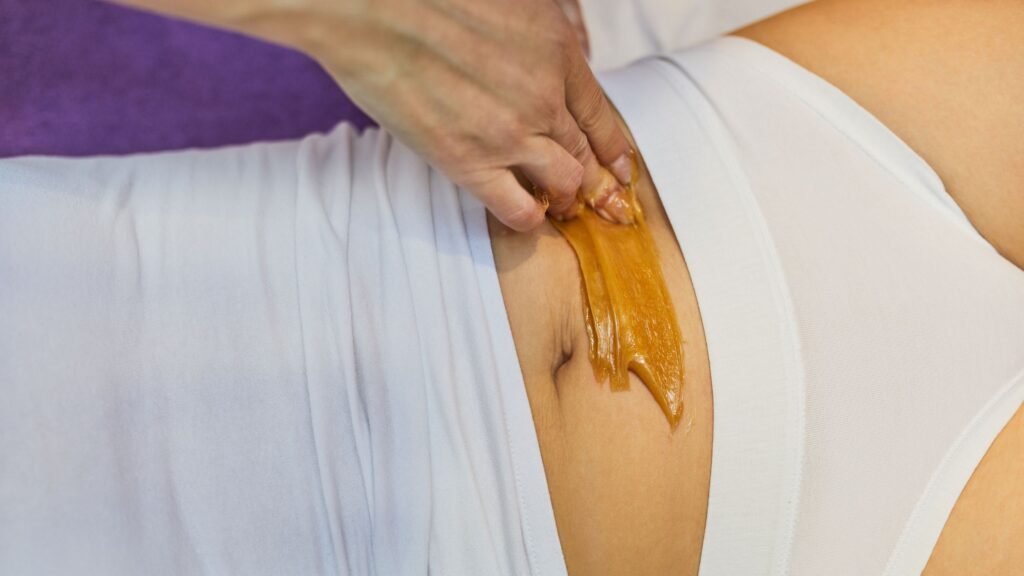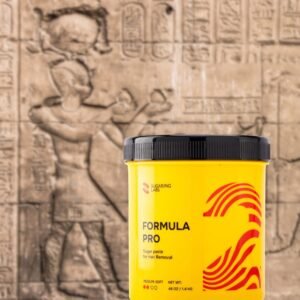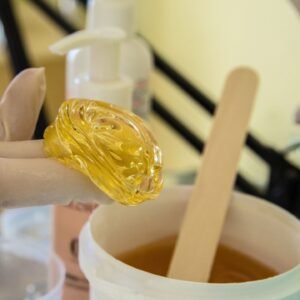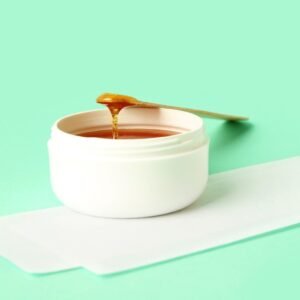Allergic Reaction to Sugar Wax: What You Need to Know About Histamine Reactions

Have you ever noticed that some clients seem to experience an allergic reaction to sugar wax during or immediately after a sugaring session? This could include redness, bumps, or itching around the treated area. While it’s easy to assume that the paste might contain something harmful, the truth is far less alarming. The skin’s reaction to sugaring is often due to a histamine reaction, not an allergic response to the ingredients.
Table of Contents
- What Is a Histamine Reaction?
- Why Does It Happen?
- Managing the Reaction
- Should You Worry?
- Frequently Asked Questions
- What causes redness or itching after sugaring?
- Is a histamine reaction dangerous?
- How can I manage histamine reactions after sugaring?
- Should I stop sugaring if I have a histamine reaction?
- How long does a histamine reaction last?
What Is a Histamine Reaction?
A histamine reaction occurs when the body’s immune system releases histamine in response to an irritant. In the case of sugaring, the irritant is the hair removal process itself. During sugaring, especially when removing fine or vellus hair, the hair follicles are temporarily disturbed. This triggers the body’s defense mechanisms, causing the release of histamine. The result is redness, swelling, or mild itching—symptoms that often resemble an allergic reaction to sugar wax.
It’s important to note that this type of reaction is a natural defense mechanism and is not a sign of an allergic response. The skin is simply reacting to the removal of hair, and while it may feel uncomfortable, there’s no real danger involved.
Why Does It Happen?
When hair is removed, especially fine hair, the skin can become sensitized. The histamine released is a part of the body’s natural inflammation response, which serves as a protective measure. For most people, this reaction is mild and temporary. It’s completely normal and happens more often than you might think.
If your client is experiencing this histamine reaction, don’t panic! In most cases, the symptoms will subside on their own after a short period. However, if the reaction continues or if it’s particularly strong, a simple antihistamine cream can help soothe the skin and alleviate the discomfort.
And remember about the post sugaring care lotions:
Managing the Reaction
For clients who are more prone to this reaction, suggesting an antihistamine cream as part of their aftercare routine is a great idea. This can help reduce redness and itching after the sugaring session, making the experience more comfortable.
If the allergic reaction to sugar wax is persistent or unusually severe, it may be worth discussing other hair removal options with the client. Some individuals have more reactive skin, which means their bodies may be more sensitive to certain stimuli like the sugaring process. In these cases, alternatives such as waxing, threading, or laser hair removal might be more suitable.
Should You Worry?
While the histamine reaction might look concerning, it’s important to emphasize that it is not a true allergic response. The reaction typically occurs due to the body’s response to the physical act of hair removal, and in most cases, it resolves itself quickly. If the reaction is frequent or severe, it may be worth considering other options, but in most instances, a histamine reaction is perfectly normal.
In conclusion, the next time a client experiences what seems like an allergic reaction to sugar wax, you’ll know that it’s likely just a histamine reaction. By educating yourself and your clients, you can help them understand that this is a common and natural part of the sugaring process. With proper aftercare, most clients can enjoy a smooth, comfortable experience without any worries.
Frequently Asked Questions
What causes redness or itching after sugaring?
Redness or itching after sugaring is typically caused by a histamine reaction, not an allergy to the sugar wax. When hair is removed, the body perceives it as a minor injury and releases histamines to protect the area. This can result in redness, swelling, or bumps that resemble an allergic reaction but are actually a natural immune response.
Is a histamine reaction dangerous?
No, a histamine reaction is not dangerous. It is the body’s normal defense mechanism against perceived irritation from hair removal. Symptoms like redness, swelling, and mild itching usually subside within hours to a couple of days. However, if symptoms persist or worsen, consult a healthcare professional to rule out other conditions.
How can I manage histamine reactions after sugaring?
To manage a histamine reaction, apply a cold compress immediately after the session to reduce swelling and redness. Use an over-the-counter antihistamine cream or oral antihistamines like Benadryl or Claritin for relief. Soothing products such as aloe vera gel or cortisone cream can also help calm the skin. Avoid tight clothing and refrain from scratching the area to prevent further irritation.
Should I stop sugaring if I have a histamine reaction?
You don’t need to stop sugaring unless the reaction is severe or persistent. Consistent sugaring sessions can reduce the likelihood of future reactions as the skin becomes accustomed to the process. If reactions are frequent or intense, consider alternatives like waxing, threading, or laser hair removal after consulting with your aesthetician.
How long does a histamine reaction last?
A histamine reaction typically lasts from a few minutes to several hours and rarely extends beyond two days. The duration depends on individual skin sensitivity and the area treated. Proper aftercare, such as applying cold compresses and soothing creams, can help speed up recovery.










